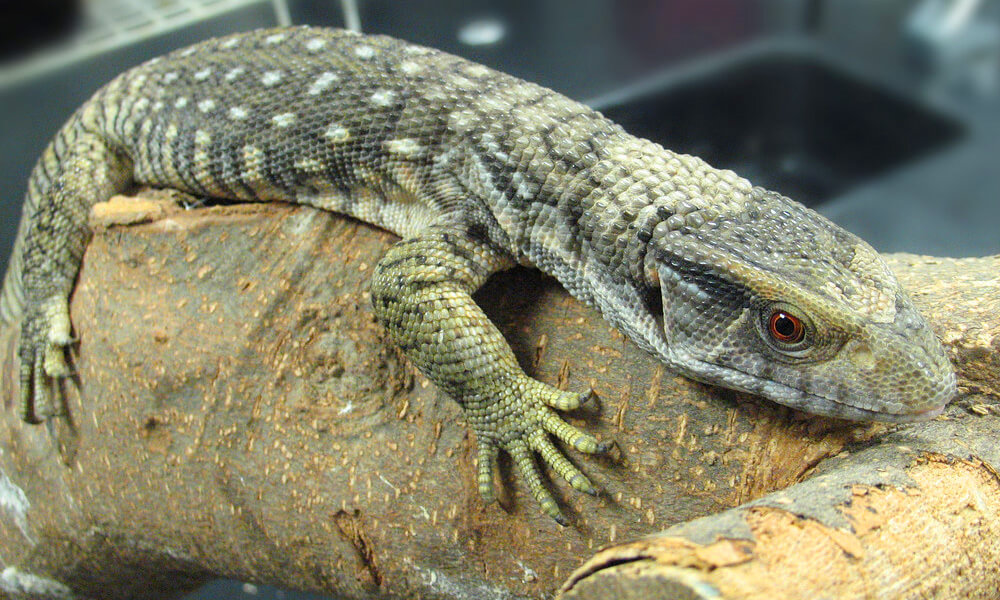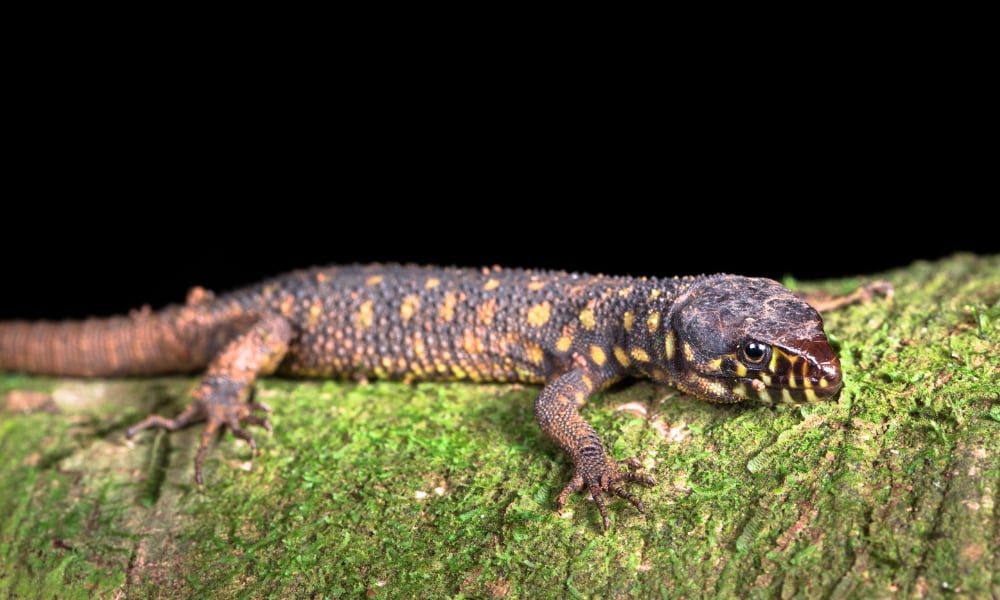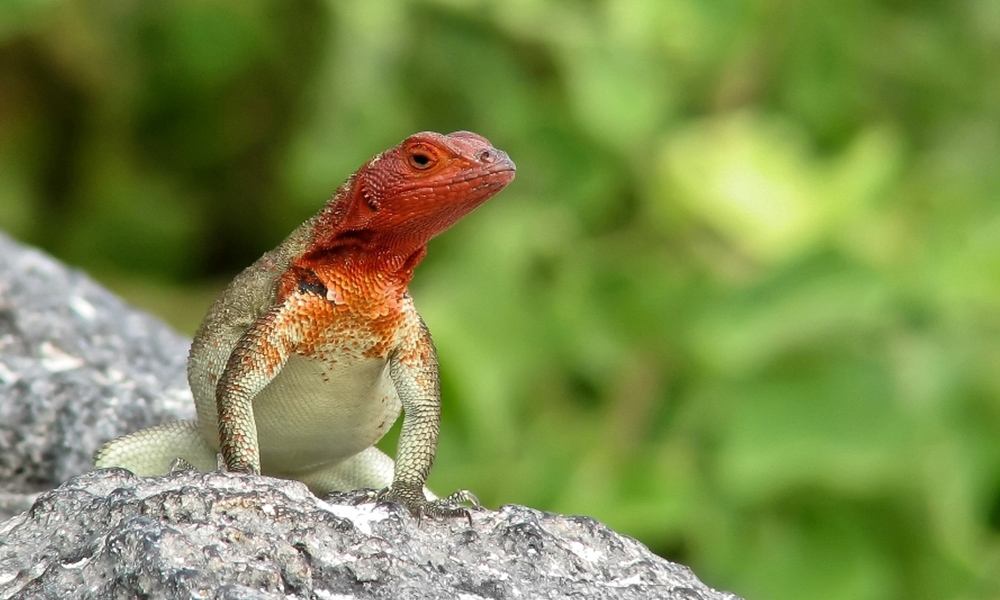Understanding Reptile Behavior: Insights into Cold-blooded Minds
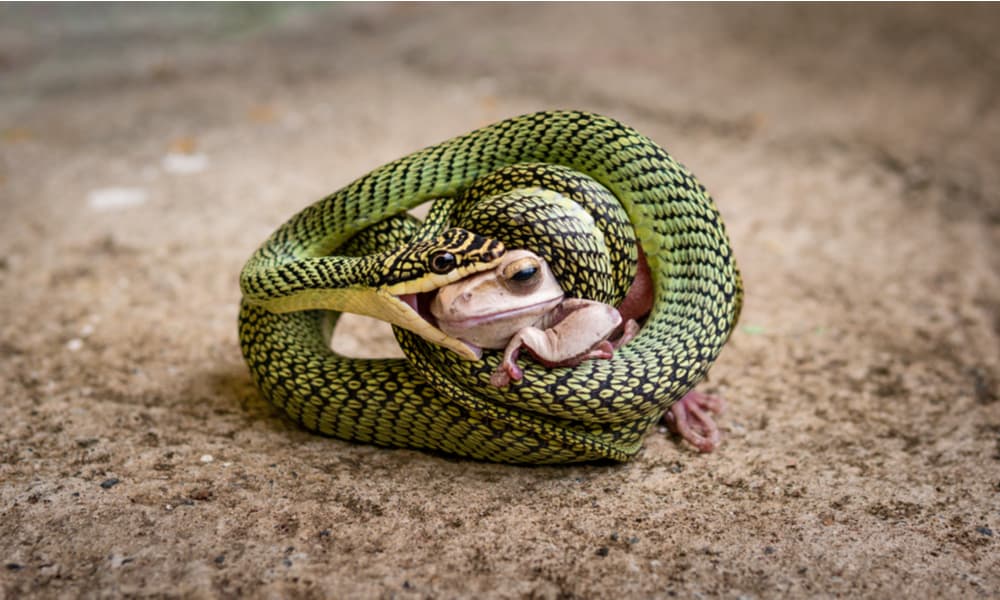
Reptiles are fascinating creatures that have been around for millions of years. They are cold-blooded and have unique behaviors that are different from mammals and birds. Understanding reptile behavior is important for their care and conservation.
What is Cold-blooded?
Unlike mammals and birds, reptiles are cold-blooded, which means that they cannot regulate their body temperature internally. They depend on external sources of heat, such as the sun, to warm up their bodies. When it is too hot, they move to a cooler area to regulate their body temperature.
Reptile Behaviors
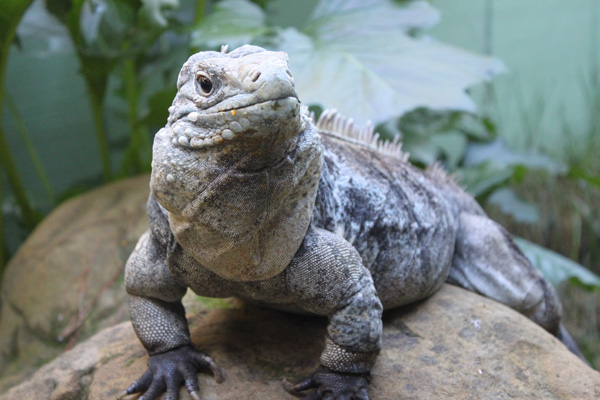
Reptiles have a range of behaviors that are unique to their species. Here are some of the common behaviors:
- Basking – reptiles need to bask in the sun to warm up their bodies and to aid digestion. This behavior is common in lizards and turtles.
- Thermoregulation – reptiles move to cooler areas when they get too hot, and vice versa. This behavior is important for their survival.
- Brumation – reptiles hibernate during the winter months. This behavior is common in snakes and lizards.
- Camouflage – reptiles have the ability to blend in with their surroundings. This behavior is important for their survival as it helps them to avoid predators.
- Biting – some reptiles, such as snakes, use biting as a defense mechanism.
Why Understanding Reptile Behavior is Important
Understanding reptile behavior is important for their care and conservation. Reptiles have specific needs that must be met in order for them to thrive in captivity. For example, certain species require a specific temperature range, lighting, and humidity levels. Failure to provide these conditions can lead to health problems or even death.
Conservation efforts also rely on understanding reptile behavior. Knowing their behaviors, habitat requirements, and breeding habits can help conservationists to create effective conservation programs. It can also help to reduce human-wildlife conflicts.
Reptiles are unique creatures with fascinating behaviors. Understanding their behavior is important for their care and conservation. As cold-blooded animals, they depend on external sources of heat to regulate their body temperature. They have a range of behaviors that are specific to their species, including basking, thermoregulation, and brumation. By understanding these behaviors, we can provide better care for captive reptiles and create effective conservation programs for wild populations.


